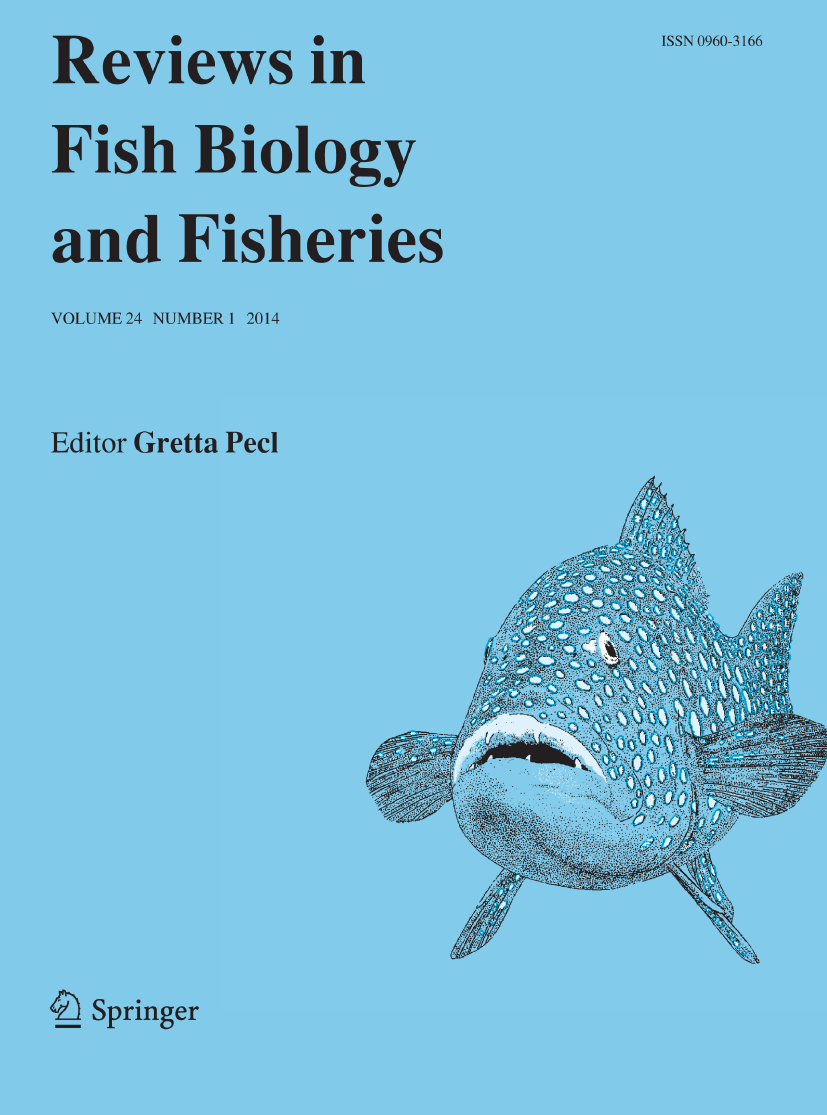Had a tank disaster last week and tank leaked 50% of its water. One was dead (pineapple sword) at that time unsure if related. Looked normal.
Fish had a quick move with their remaining water and filter and then another move the day after into new tank. So that would be very stressful. They had about an 80% water change in that 2 day period.
Since then I had:
Death of rosy tetra
Death of phantom tetra
Now I have a harlequin tetra with rotten fins, white patch on body and becoming very thin. One other has small area of white on another fin.
I don’t have antibiotics because I’m in U.K.
I have interpet anti bacterial and anti fin rot.
What do you think is the cause? Stress plus bacteria is what I was thinking?
Tank didn’t lose its cycle
Fish had a quick move with their remaining water and filter and then another move the day after into new tank. So that would be very stressful. They had about an 80% water change in that 2 day period.
Since then I had:
Death of rosy tetra
Death of phantom tetra
Now I have a harlequin tetra with rotten fins, white patch on body and becoming very thin. One other has small area of white on another fin.
I don’t have antibiotics because I’m in U.K.
I have interpet anti bacterial and anti fin rot.
What do you think is the cause? Stress plus bacteria is what I was thinking?
Tank didn’t lose its cycle




